"True to the Moog legacy and innovative spirit of Dr. Robert Moog": Moog unveils new $899 analogue monosynth, Messenger
Superbooth 25: With wavefolding oscillators and a "next-generation" ladder filter, Moog says Messenger honours the company’s heritage while exploring "the future of analogue synthesis"
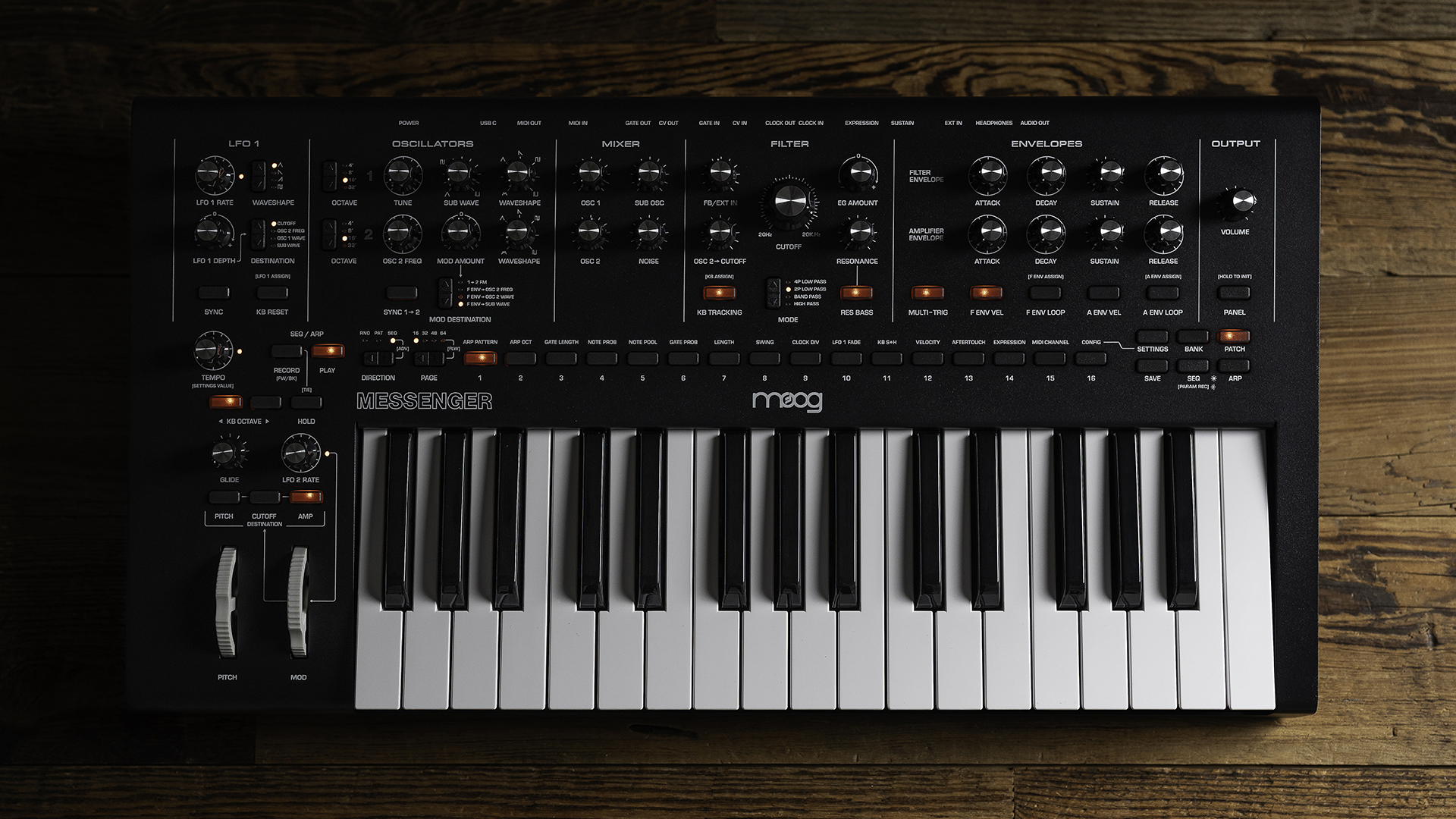
Superbooth 25: : The annals of Moog history are lined with monophonic synthesizers, from the Minimoog Model D and Voyager right through to the Subsequent 37 and Mavis.
Today, the company kicks off Superbooth 25 by introducing another monosynth to its line-up with Messenger, an instrument that Moog says honours the company's heritage while "embracing the future of analogue synthesis".
Priced at $899, Messenger is a portable analogue monosynth based around a 32-key, semi-weighted keyboard and knob-per-function interface. Featuring two continuously variable-shape VCOs capable of sync and FM, it also (like the Mavis and the Labyrinth) incorporates wavefolding, a technique historically associated with West Coast synthesis that can be used to produce characterful metallic timbres with complex harmonics. There's also a sub-oscillator onboard with three continuously-variable waveforms.
The synth's dual oscillators run through a “reimagined” version of Moog's classic transistor ladder filter that introduces a new "pole-mixing design" to the Moog family, offering 4-pole low-pass, 2-pole low-pass, band-pass, and high-pass modes, along with a resonance bass compensation switch that preserves low-end at high resonance settings.
On modulation duties we have two loopable ADSR envelopes with multi-trigger and velocity response, alongside two LFOs: one triangle-wave LFO hooked up to the mod wheel, and one variable-shape LFO with sync and reset. Sequencing comes courtesy of a 64-step sequencer with parameter recording and probabilistic and generative capabilities, along with a multimode arpeggiator.
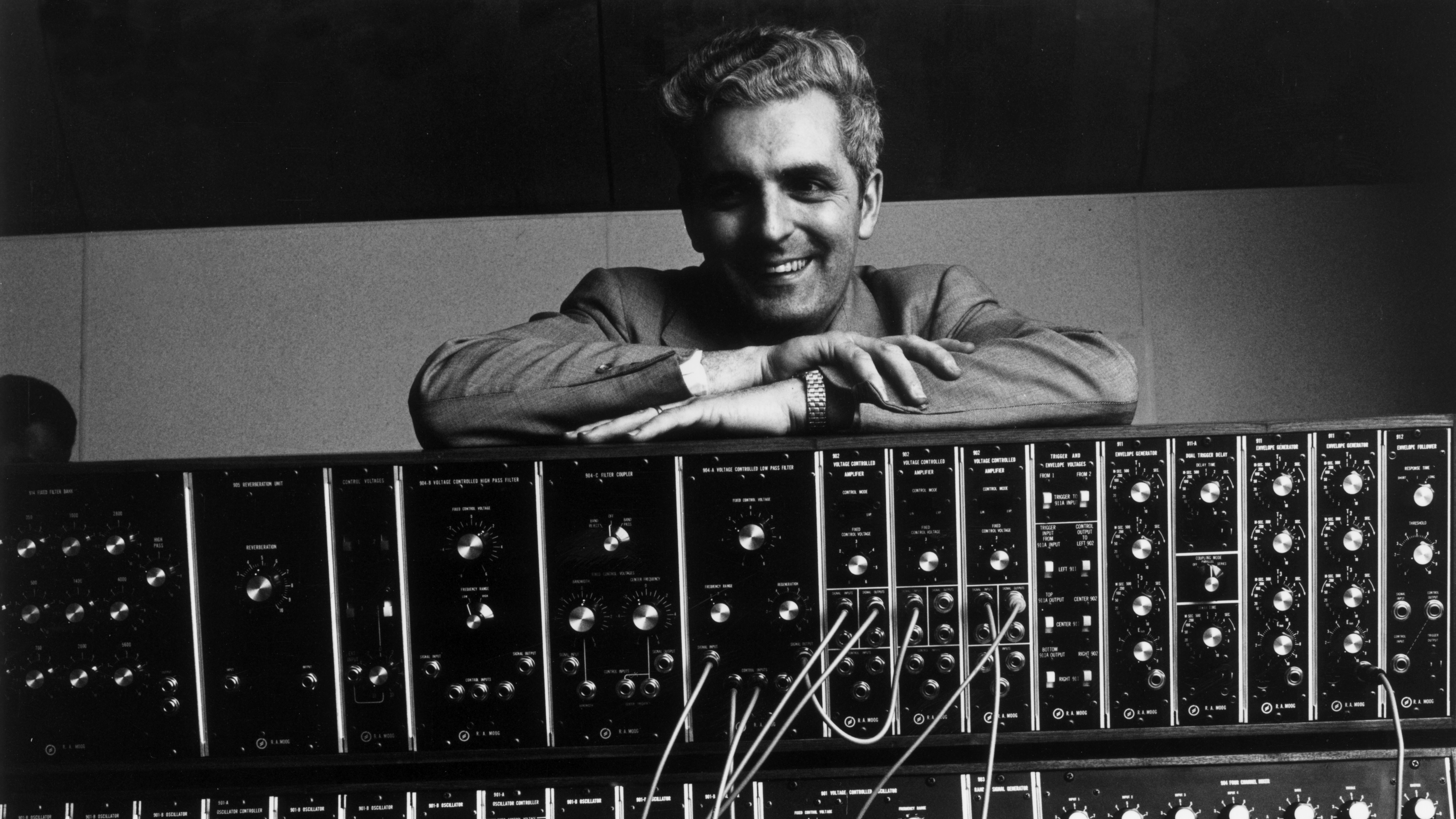
Messenger is reasonably well-equipped in the connectivity department: six CV patch points (CV in/out, gate in/out and clock in/out) are joined by 5-pin MIDI in/out and USB-C. There's also an input for running external audio through Messenger's filter, along with expression and sustain pedal inputs and 1/4" audio and headphone outs.
Filling a hole in Moog's product catalogue left by the recent discontinuation of the Subsequent 25, Messenger gives music-makers a way to access the classic Moog sound for under $1000, without losing a keyboard and venturing into semi-modular territory. And it's clear that with Messenger - as with several recent releases - Moog is attempting to complement the sound that the company is known for with modern enhancements and an exploratory new direction.
Want all the hottest music and gear news, reviews, deals, features and more, direct to your inbox? Sign up here.
"Messenger embodies our commitment to advancing analog synthesis while staying true to the Moog legacy and innovative spirit of Dr. Robert Moog," said inMusic's Erik Norlander in a statement.
"Our goal was to create a synthesizer that invites immediate exploration, welcoming first-time Moog players and offering the depth and expressiveness that experienced musicians expect. With wavefolding oscillators, a dynamic shape sub-oscillator, a next-generation ladder filter, and comprehensive connectivity options, Messenger is as inspiring as it is accessible."
Moog Messenger will be available on June 2. Find out more on Moog's website.
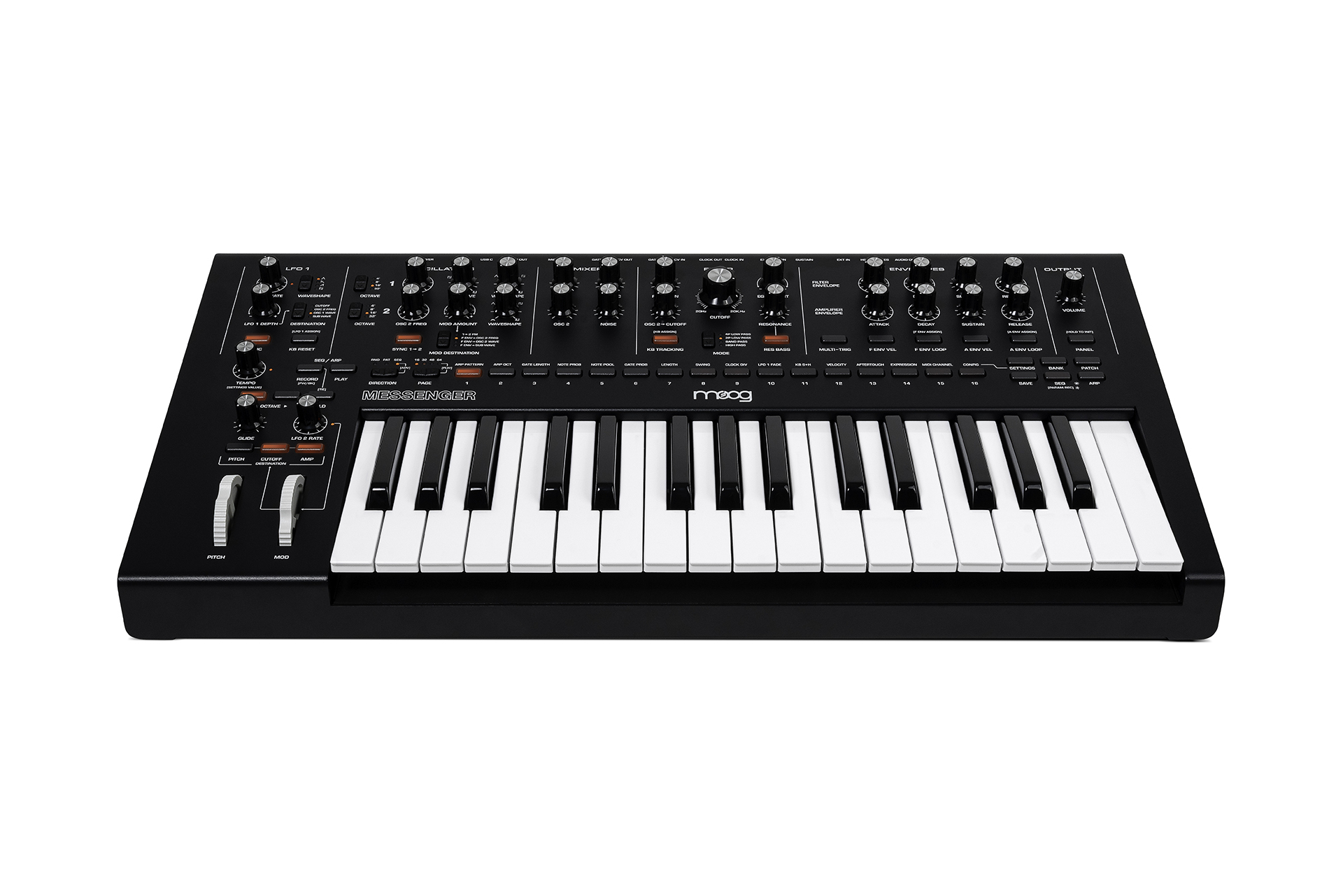
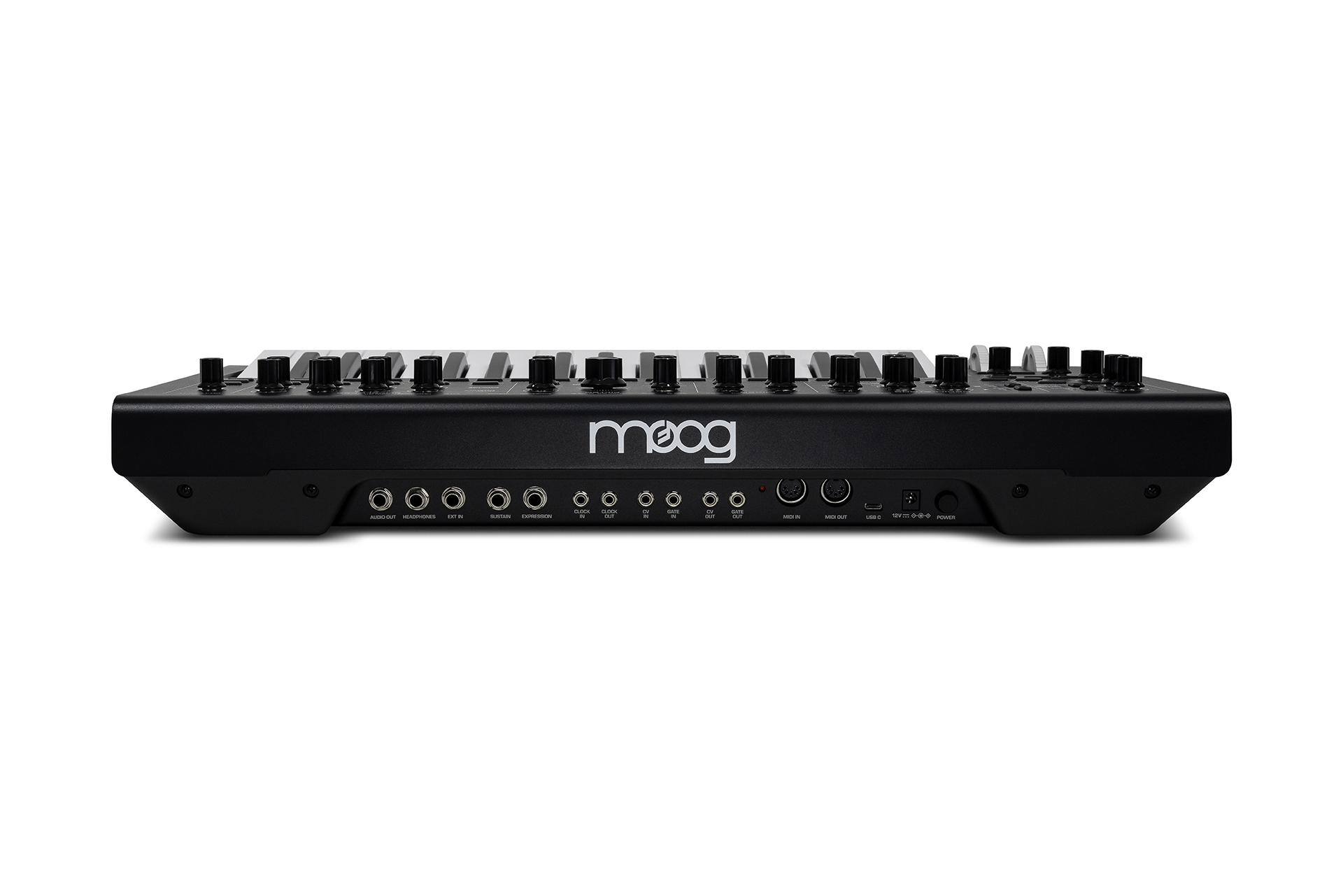

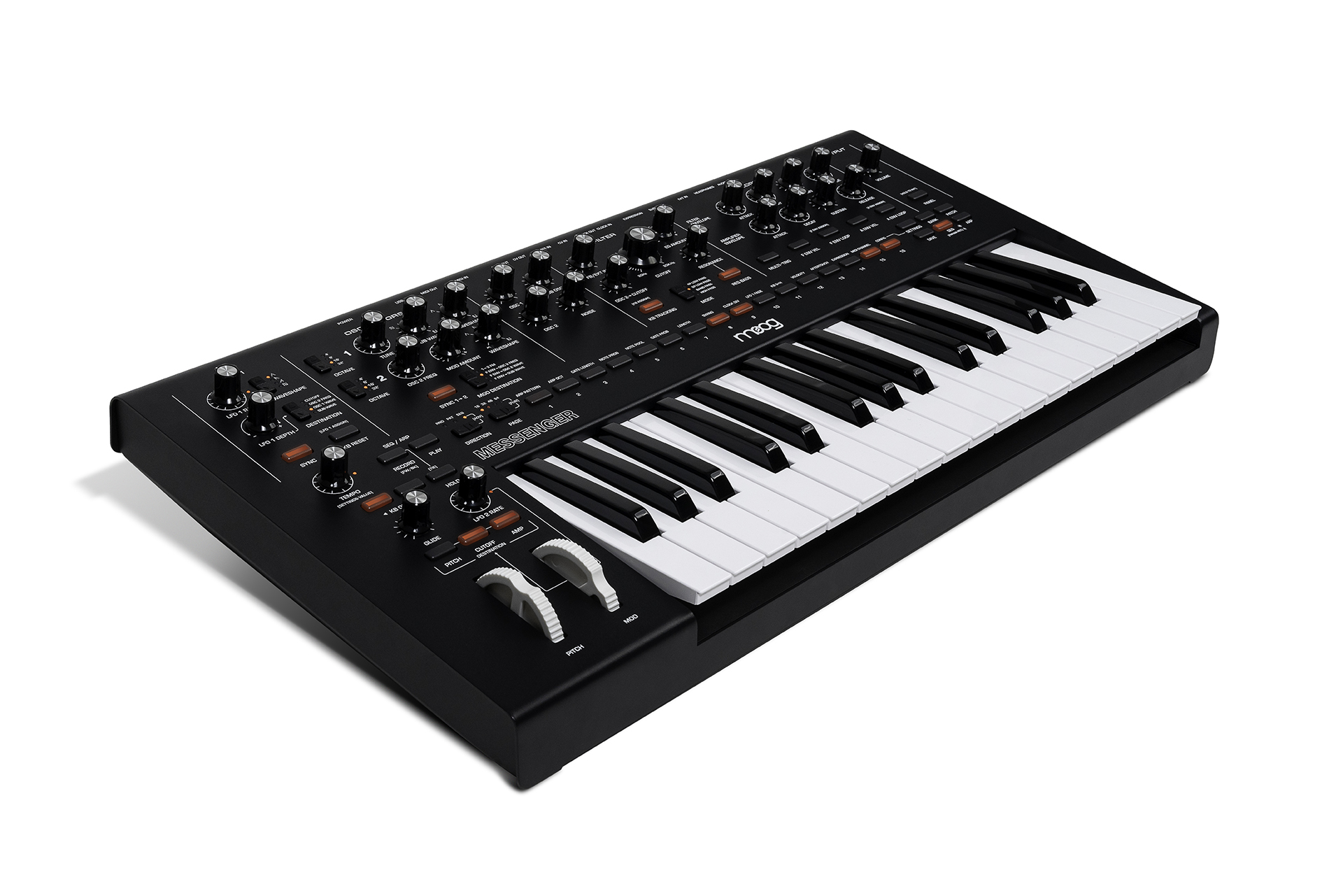
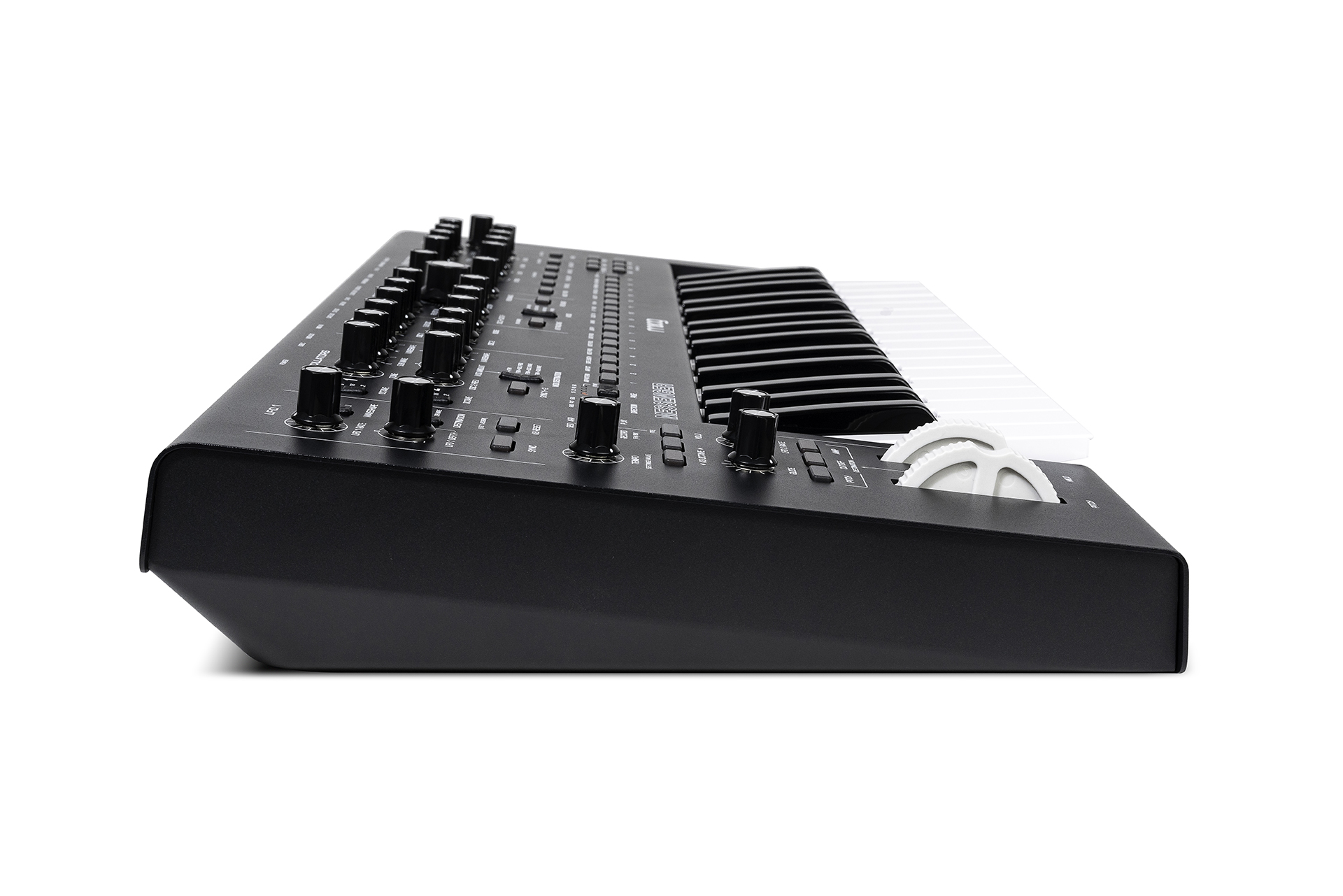

I'm MusicRadar's Tech Editor, working across everything from product news and gear-focused features to artist interviews and tech tutorials. I love electronic music and I'm perpetually fascinated by the tools we use to make it.
You must confirm your public display name before commenting
Please logout and then login again, you will then be prompted to enter your display name.